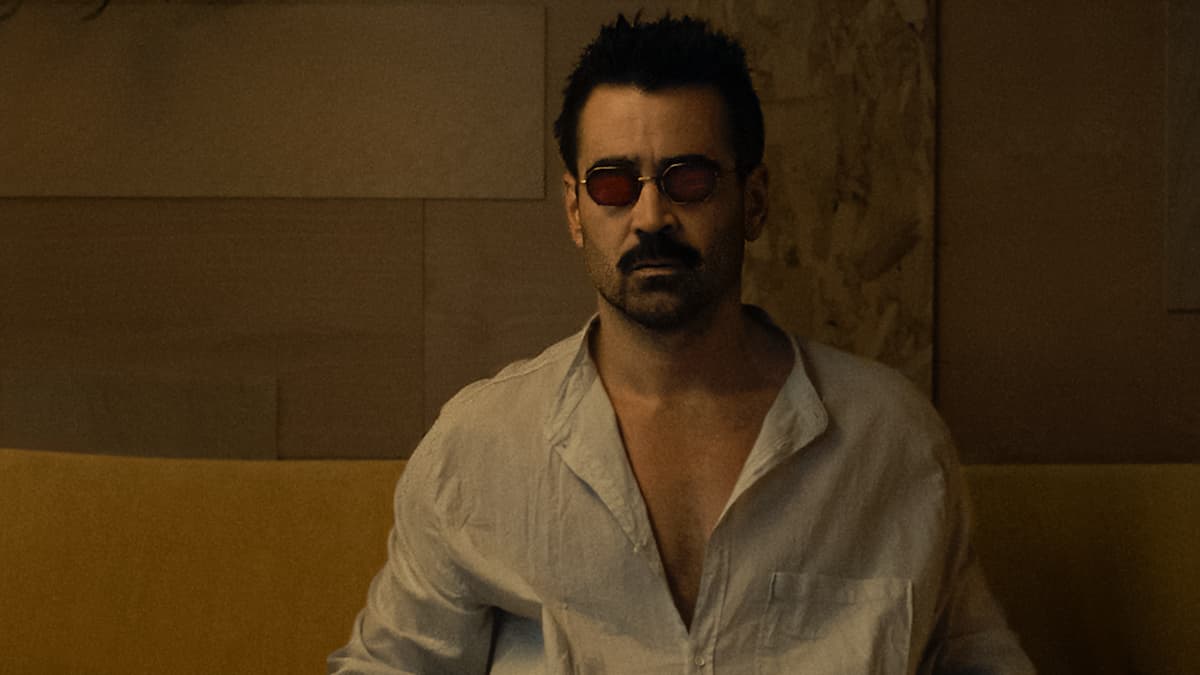Welcome to our list of 10 films that topped the charts and garnered critical success this year. All eyes were on film coverage in 2022, since it’s the first year after the pandemic lockdown that saw cinemas return to full capacity.
It hasn’t entirely been a typical year at the box office, but it has been the closest in recent years. The slate of major new films remains a little thinner than normal, and release dates have continued to move, with more major theatrical releases pushed back to 2023.
Even the residual effects of COVID haven’t stopped this year from becoming an often crowd-pleasing, occasionally thrilling one. There’s a lot to be excited for, from award contenders like The Banshees of Inisherin to oddball jewels like Everything Everywhere All at Once or popcorn favorites like Top Gun: Maverick and The Batman. With such variety, there is much to celebrate as crowds return to theaters in full swing.
10. Prey
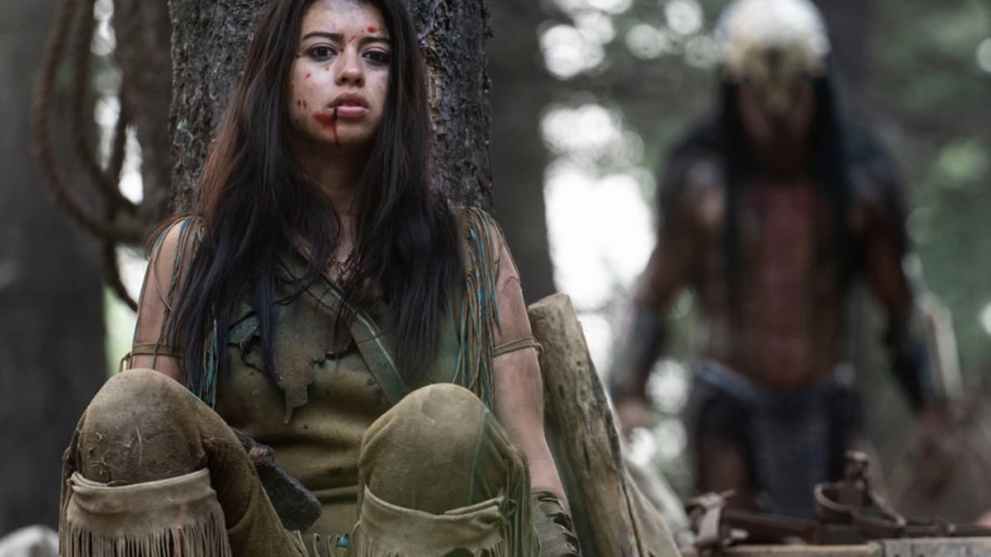
Prey, directed by Dan Trachtenberg, is a beautiful adventure that transports the original Predator concept back three hundred years to the Northern Great Plains of 1719. Trachtenberg reinvents the narrative by twisting the premise on its edge and widening the world to tell a whole other story. In Prey, he follows Naru (Amber Midthunder), a young Comanche lady, and makes an encouraging point about the illusion of power and actuality of courage.
It’s a Predator prequel that maintains loyal to the original’s spirit, cementing itself in artful violence and gripping suspense, while still performing effectively as a standalone entity. There’s a real sublimeness to the film’s setting with its forests and wildlife, until it grows bloody from the European settlement and alien invasion. It’s a master act of art meets entertainment, and in many ways is much more than what the original aimed to be.
Prey is a fast-paced action-thriller that feels both dated and fresh for a new generation, and on its own it is a stunning study of fortitude in the face of survival. Trachtenberg took an extraordinary gamble and came out on top. Prey succeeds because its filmmakers don’t make it too complex; although dressed as a period survival film, it’s still a sci-fi popcorn flick with humans fighting aliens. And boy does this film have a lot of that.
9. The Banshees of Inisherin
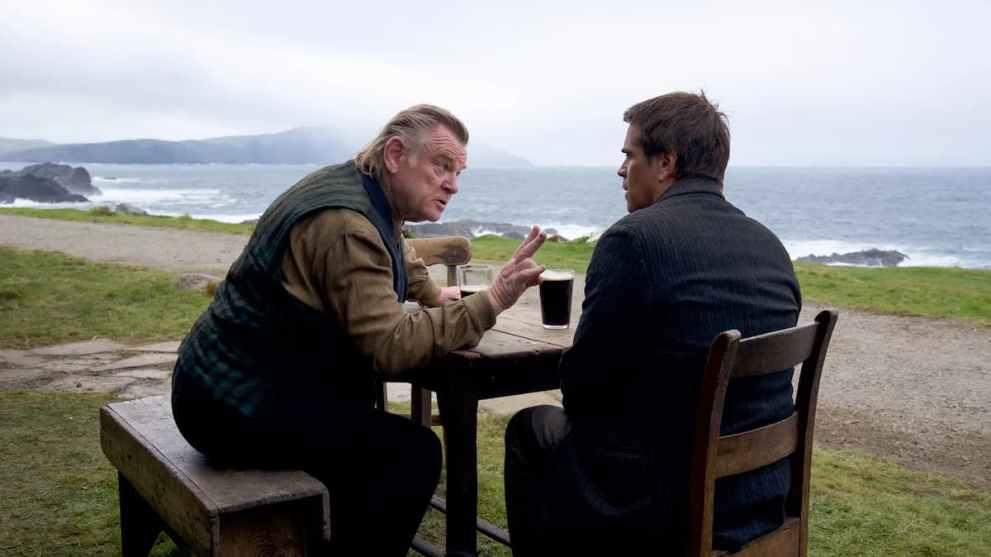
The Banshees of Inisherin, written and directed by Martin McDonagh, is a sharply drawn comic-tragic account of a friendship’s end that takes place on a small island off the coast of civil war-torn Ireland in the year 1923. The film stars Colin Farrell (Padraic) and Brendan Gleeson (Colm) as the two fighting friends.
Banshees is a darkly humorous look at midlife crises, mortality, and the need to be vibrant throughout our lives. The ambiance of the film is everything. Audiences will misinterpret the film if taken seriously, as it’s more of a tale than a drama that is a metaphor for Irish civil conflict. The dark comedy is distinctly Irish and comes from the mastermind of Martin McDonagh.
8. Windfall

Windfall is a small yet wildly punchy throwback of a thriller, which audiences will be delighted to witness. An anonymous individual (Jason Segel) breaks into a magnificent holiday house in a rich section of California. When the house’s owners, a software millionaire (Jesse Plemons) and his wife (Lily Collins), suddenly return home, he is taken aback. The man realizes he needs more money to flee and start a new life, starting a dramatic standoff.
Unlike his humorous personas, Segel creates a panicked, frenetic energy that the film manages to sustain. Plemons brings a polar opposite kinetic energy to that of Segel, which is the glue of the entire film. Collins is the spark that keeps the flame ignited between the brawling duo. Together, the film engulfs into a sudden yet climatic burst that feels utmost rewarding. It’s not quite the slow burn one might expect it to be, but it proceeds with the perfect amount of tension and dread.
The thriller adheres to the basic tenets of the genre and its brief, concise, and largely managed cinematic tropes. Director Charlie McDowell skillfully avoids the stagnant setup of the one-location set piece in Windfall. As fuses start to short out and blood starts to pour, the claustrophobia is sharply exemplified.
It’s a fun movie that is a tour de force in its acting, directing, and editing. With only a little over ninety minutes, Windfall is manageable in length, doesn’t demand too much of the audience, and won’t stick around in the mind for too long. As a result, it is altogether satisfying.
7. The Batman
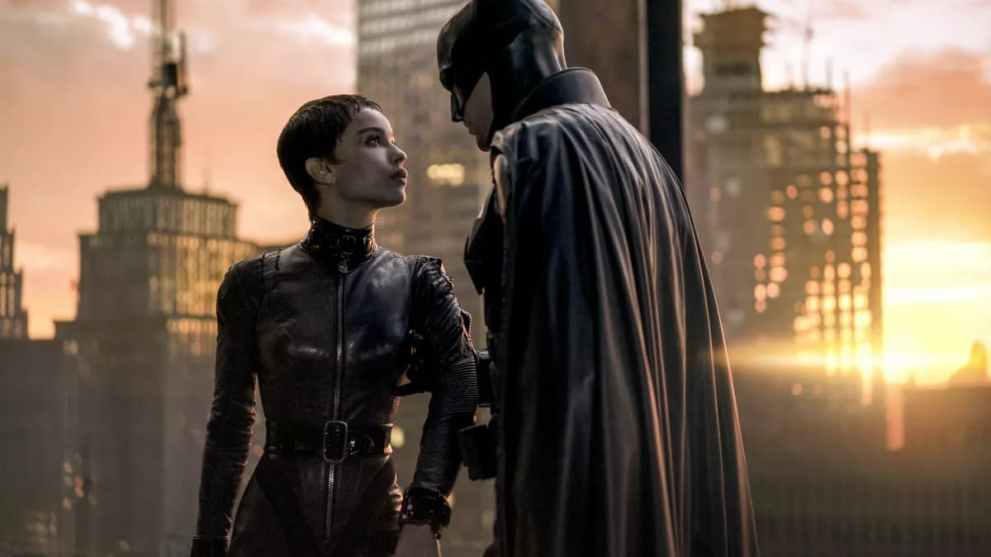
The most significant DC movie since The Dark Knight, and certainly, Matt Reeves’ depiction of the Batman mythos owes a lot to Christopher Nolan’s ground-breaking 2008 picture. However, it also stands alone as a quiet, brooding, and pitch-black entity.
Robert Pattinson’s Batman gives an incredibly tight performance, solving crimes like a Sherlock Holmes novel detective and navigating a plot complex enough in its convoluted design to evoke comparisons to The Big Sleep or even Dirty Harry. Bruce Wayne’s scars prevent him for the first time from appreciating his transformation into Batman. While Pattinson’s Batman is a broken warrior, Paul Dano’s Riddler is a mad inquisitor who keeps the action ahead of the viewer.
The Batman is an intriguing package of paradoxes that is theatrical, brooding, and full of old-fashioned noir. It is in many respects the perfect synthesis of Batman and his long cinematic career. The film is many things — it’s thrilling, amusing, and unnerving, but also overlong and overly planned, which is essentially a total reimagining of an icon. The Batman will be renowned for its unusual take on a legendary hero who is more of a savage vigilante than a fighting crusader.
6. Top Gun: Maverick
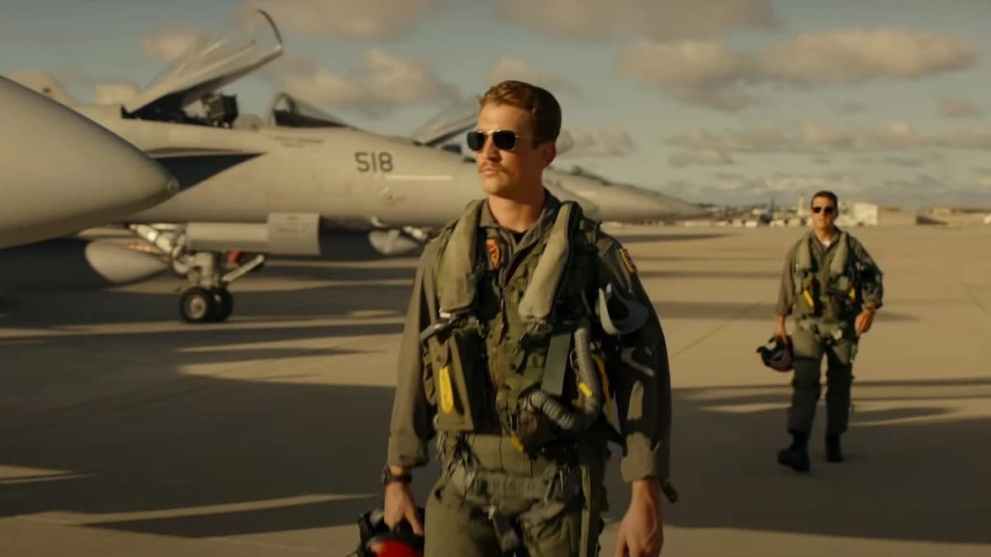
The tremendous box office success of Joseph Kosinski’s long awaited sequel to one of the most recognizable action pictures from the 1980s served as evidence that blockbuster crowd-pleasers haven’t completely lost their cultural significance in a post-COVID, pro-streaming era.
Pete “Maverick” Mitchell, played by Tom Cruise, is still every bit the arrogant, smug Navy pilot at age 60; but the world has changed around him, leaving him and the audience to ponder whether the end of the era of fist-pumping action flicks, cheerily battling bad guys, and movie star features warped by G-force is something to be celebrated or lamented. This is a rare example of a legacy sequel that almost always outperforms the original and provides additional enjoyment for theater-going.
It’s difficult not to appreciate the attention that went into this meticulously crafted sequel, which is even more skillfully made than the first. To the film’s credit, the burnished golden-hour glow of Claudio Miranda’s cinematography lingers more frequently on people’s faces than on pieces of military equipment. Eddie Hamilton’s expert editing of the flying sequences prevents them from becoming a swirl of rapid cuts and pasted on green-screen visuals. Instead, they buzz with the real-time, real-space exhilaration that can only come from genuine effects.
Although the film clearly drove people to the theater, it’s still hard to determine the long-term future for the movie-going experience. Despite the odds, the fact is Top Gun: Maverick is one of the most universally acclaimed and fulfilling cinematic experiences of the year. Plain and simple, it’s what a blockbuster should be. It should be seen through that lens and enjoyed as a work of kinetic action cinema.
5. After Yang
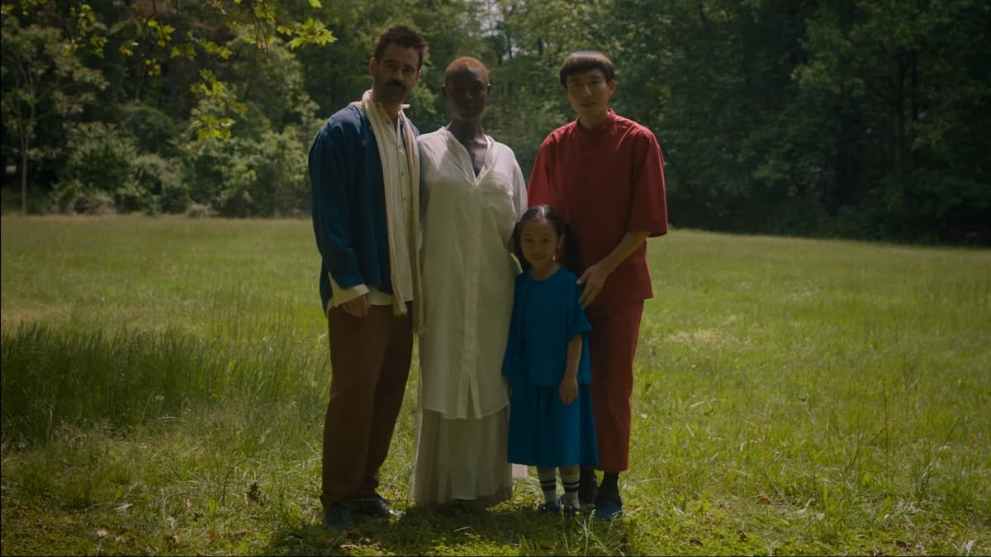
The newest film by Kogonada is an excruciatingly depressing tale of a robot’s life and demise, but it’s also about finding significance in the details of a routine existence. To assist their adopted daughter Mika (Malea Emma Tjandrawidjaja) connect to her Chinese roots, Jake (Colin Farrell) and Kyra (Jodie Turner-Smith) purchase second-hand robotic child Yang (Justin H. Min), not completely understanding the role he played in their family until he stopped working. While attempting to have the companion robot repaired, Jake learns that Yang had a rich inner life and past, which inspires him to rediscover himself.
They experience exactly what any family would go through when a member of the family passes away as his technology fails, with the additional concern of what his passing reveals about their own lives and relationships. It’s a little, contemplative movie, but it’s artistically stunning and full of themes about prejudice and preconceptions, assimilating different cultures, and how everyone is navigating a spiritual core that would amaze those around them.
Although After Yang is technically science fiction (just as Her is technically science fiction), Kogonada is exploring feelings and ideas that are lovely and ever-present regardless of the setting. The melancholy beauty of After Yang is as anchored in its domesticity just as much as its setup in a desolate future. Perhaps one day Kogonada will be forced to scale up his delicate brand of filmmaking without destroying it.
4. Blonde
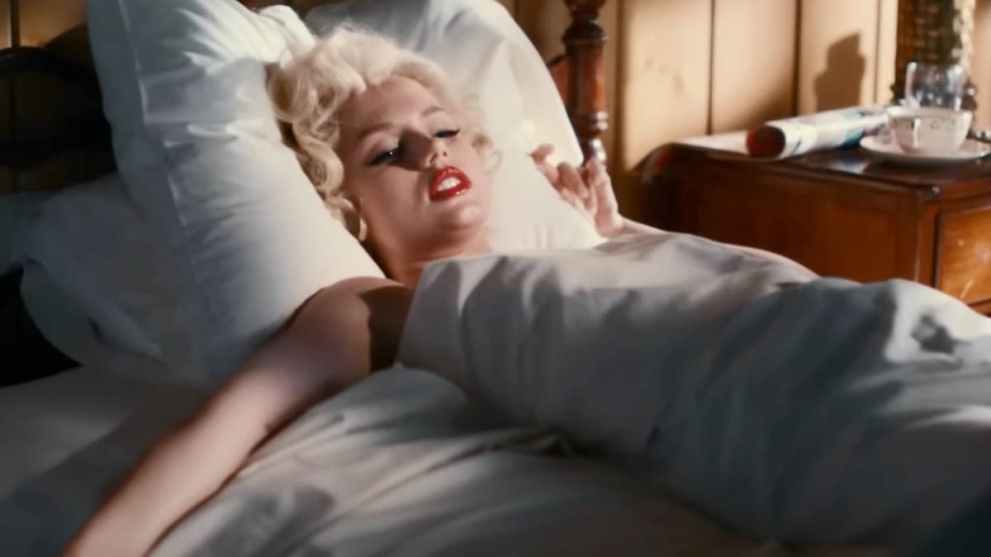
Blonde, based on Joyce Carol Oates’ Pulitzer Prize finalist novel of the same name, employs biographical fiction to presumably discover deeper truths about Marilyn Monroe’s life. The film’s high-profile release has been emphasized by public reaction to its subject matter and the nature of Monroe’s adaptation on screen. Regardless, those connected with the film argue that their representation of Marilyn Monroe (Ana De Armas) is merely a work of fiction.
The film is exactly what it sets out to be. It’s a psychothriller using horror as its vehicle for depicting the biopic genre, the same way Andrew Dominik used the western as the vehicle for depicting celebrity obsession in The Assassination Of Jesse James. Populous backlash on the film directly takes stabs on its atypical approach to the icon’s life story. Yet Dominik uses historical fiction by internalizing the demons that lead to the very real downfall of the young actress. By doing so, Dominik creates a visceral experience for the viewer, far superior to any straightforward storytelling on Monroe’s linear lifespan.
Blonde’s structure and style all contribute to its conflicting public reaction. The reality of the picture is that it does not expect the audience to dwell on a particular scene. As the viewer, we are faced with a difficult but crucial choice once de Armas transforms into Monroe. Should we continue to watch or not? Like any train wreck, it’s hard to look away, because of de Armas’ committed performance, Dominik’s visionary direction, and Monroe’s tragic demise. It’s a film that poses more questions than answers. In fact, it poses more speculations than hard facts, which makes it both the utmost combination of art and entertainment.
3. The Northman
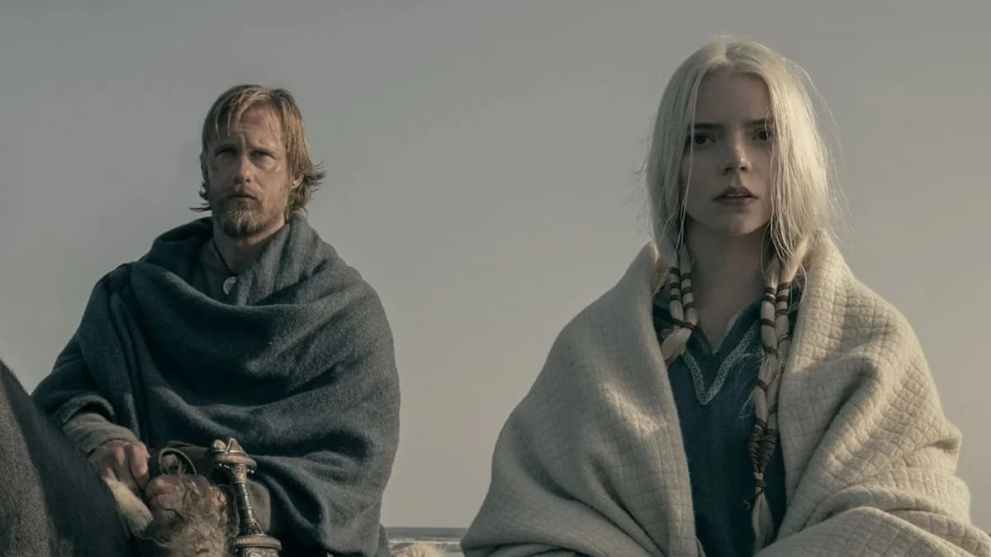
In April 2022, Robert Eggers (The Witch, The Lighthouse) made his transition into the mainstream amid considerable fanfare. The Northman, a mystically inspired Viking thriller starring Alexander Skarsgard, Nicole Kidman, Anya Taylor-Joy, Ethan Hawke, and Willem Dafoe looked guaranteed to surprise, and it delivered bigtime.
The star-studded cast received high appreciation in early reviews, which were generally in awe of Eggers’ directing and cinematographer Jarin Blaschke’s work. It was also generally accepted that the script had enough substance to support Eggers’ intense visual style. While the majority of people who saw The Northman enjoyed it, the struggle to draw audiences into theaters was apparent since it performed poorly at the box office.
Despite poor ticket sales, cinephiles must watch The Northman, for the sheer rage of brilliant violence and vengeance. The audience can’t help but to get swept away in Amleth’s quest for revenge, like an open wound pulsating to heal. The Northman is a massive, gut-wrenching Viking epic that seems both realistically ancient and stylistically modern all at once. Blood flows and bones crack in such a harmonious and grand way, that it leaves the viewer unexpectedly spellbound and wanting more.
2. Apollo 10 ½: A Space Age Childhood
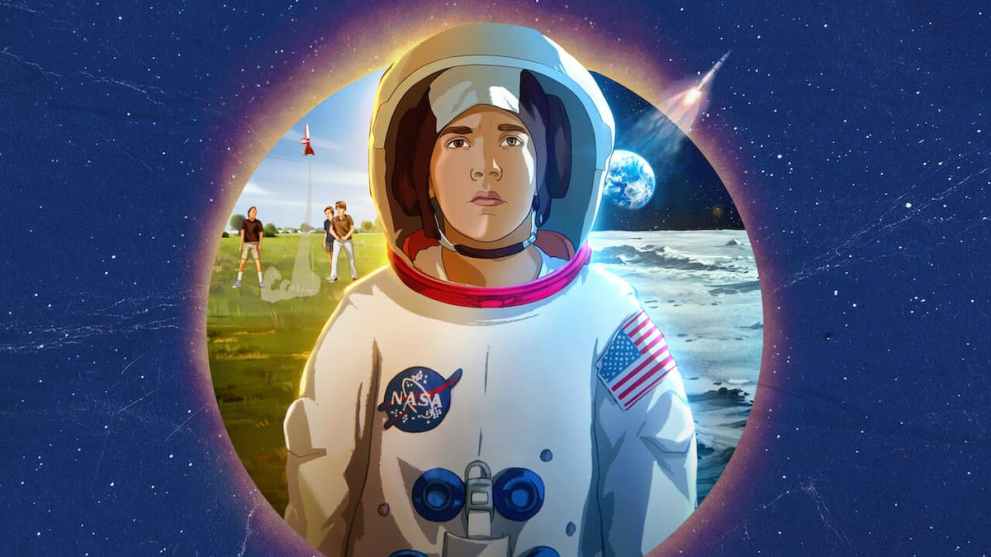
For his most recent film, Richard Linklater lovingly creates a complex pop-cultural backdrop, returning to the rotoscope animation methods he first experimented with in Waking Life and A Scanner Darkly. With the guidance of his personal experiences, Apollo 10 1/2 paints a picture of a late 1960s Texan boyhood, complete with the space race, safety issues, snack food packaging, and the creep of hippy culture.
He implies that it was a time when the household family included the television, which isn’t a far cry from the couch-surfing, binge-watching streaming culture society has morphed into. Although Linklater’s love letter to boyhood feels a bit like boomer nostalgia, the film captures a time where lower middle class families can raise children and afford a modest home.
It’s a film younger generations can either long after as inflation and debt breaks records, or be reminded of a simpler time filled with innocence and wonder. There is something for everyone, and it feels more personal than the bombastic feast of Speilberg’s Fablemans or pretentious brow-raising of Cuaron’s Roma.
It’s apparent that it was a passion project, a special reflection on a summer that will never be forgotten and an invitation to partake in a sense of community that now seems to come from another world. Viewers can’t really criticize most Linklater films for not reinventing the wheel since they are so pure and beautifully true. It’s reassuring, much like a tale parents have told a million times before. It turns out that the main focus of this film is time travel, not just space, specifically sending Linklater and his followers to faint and distant memories far far away.
1. Everything Everywhere All at Once
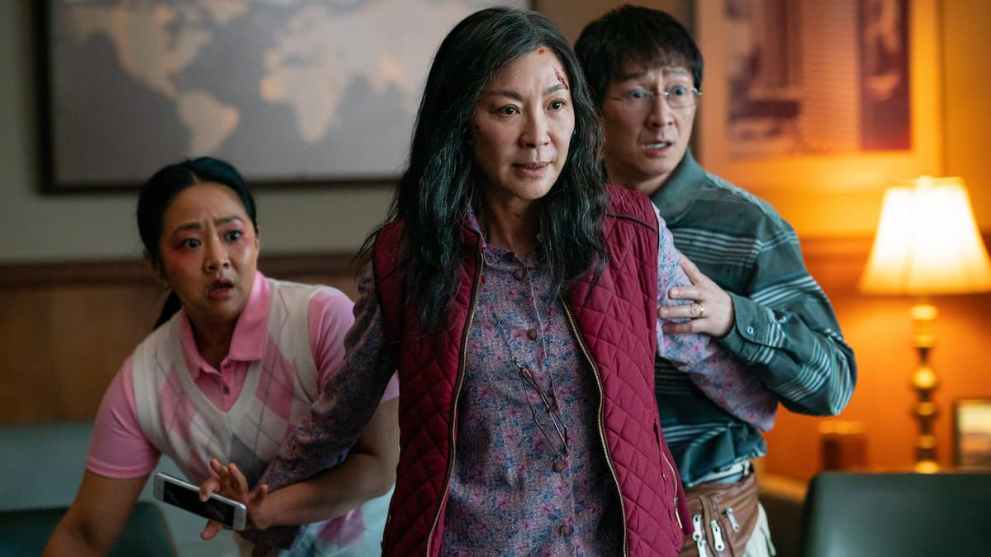
Anyone who has only seen the ridiculous 2016 independent parody film Swiss Army Man, in which Daniel Radcliffe spends the entire movie as a vomiting, farting corpse, may be surprised by the sheer size and motivation of writer-directors Daniel Kwan and Daniel Scheinert’s film Everything Everywhere All at Once. This crazy, wildly popular multiverse comedy/kung-fu epic demands a melancholic laundromat owner (Michelle Yeoh) to protect billions of parallel universes from evil, yet it barely scratches the surface of what the Daniels are doing.
In a silly sci-fi digression, Yeoh’s Evelyn is twisted into a number of different realms that provide her the hope and abilities she needs to overcome her everyday challenges. Audiences will be astounded by the Daniels’ ingenuity and audacity as they flawlessly execute this minimal yet elevated dance.
Everything Everywhere All at Once exists in a space between interstitial consciousness and vivid dreams, at the far reaches of our imagination. It draws inspiration from well-known depictions of altered realities, such as The Matrix and Eternal Sunshine of the Spotless Mind, while remaining utterly unique and exhilarating. It’s one of the few films that delivers up something viewers haven’t seen before, in a time when movie formulae is repeatedly spit out over and over, and probably will never be quite like it again.
